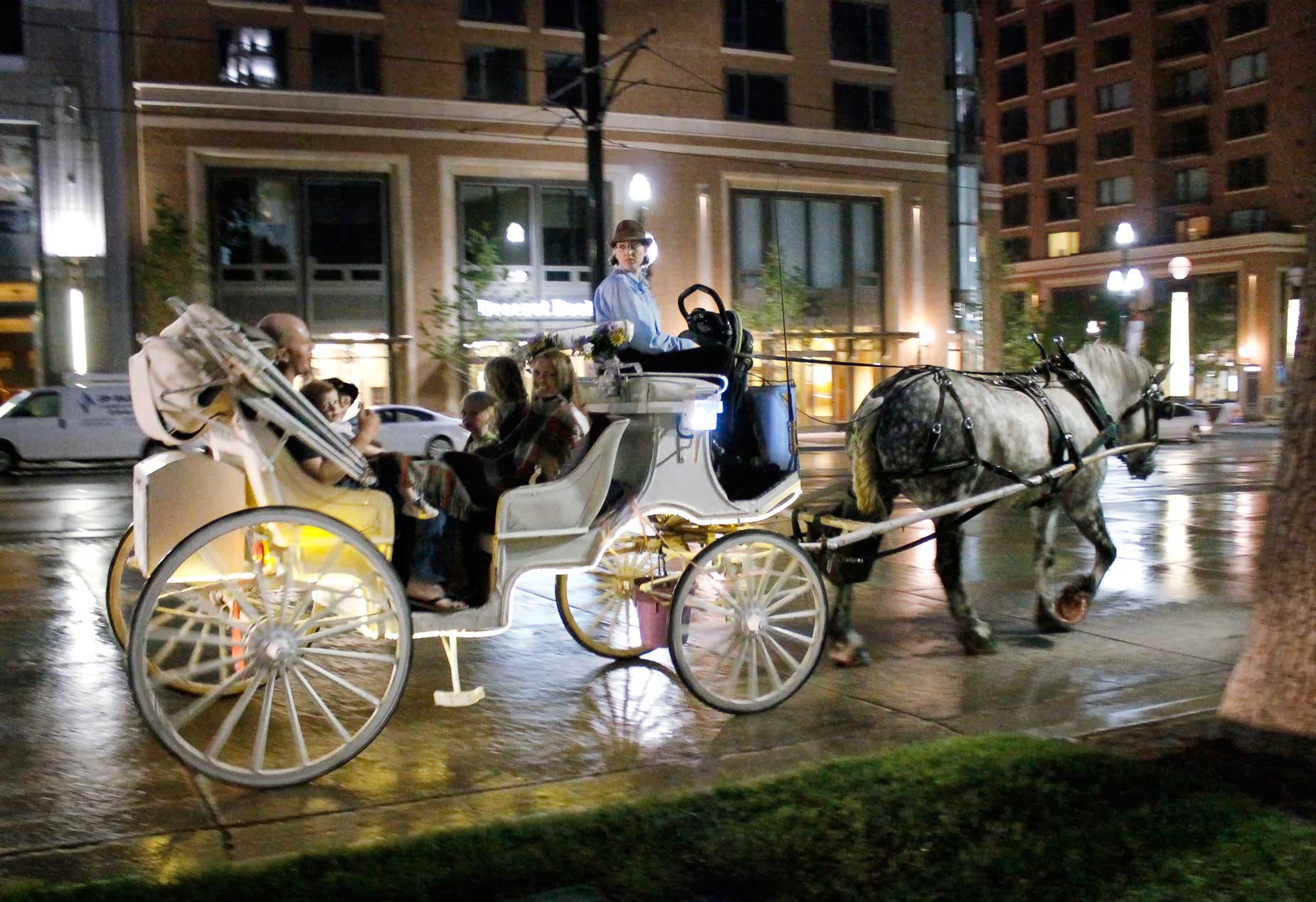Today’s Post by Joe Farace
“The camera is an instrument that teaches people how to see without a camera.”– Dorothea Lange
Back in the 1970’s when I was teaching Basic Photography at Maryland’s Howard Community College, I used to tell my photography students that the perfect exposure was what they liked. I suggested that they shoot tests using their favorite film, making notes on how each film stock behaved under different lighting conditions such as cloudy days, back lighting, and side lighting—even electronic flash. Flash forward to today’s digital photography workshops that I have been involved in: Getting perfect exposures is often the last thing that students ask about. I guess they expect to fix any mistakes with Photoshop or their favorite image editing program.
Part of the confusion is that some digital gurus and Internet pundits compare exposing digital images with shooting slide film (be careful not to blow out the highlights, all the pixels will evaporate) or negative film, advising that there really is a two to three stop latitude in over and underexposure with digital sensors. What’s the truth? I think that, depending on the lighting conditions and type of imaging chip, digital cameras behave more like a combination of slide and negative film at the same time. To answer the question, I took my own advice and made a few tests.

How Mary made this photograph: with a Canon EOS Rebel T3. I was reviewing the camera for Shutterbug but Mary was heading to Utah for her job and I asked her to shoot some nighttime shots and she did! Doing what might be called nighttime street photography, albeit in the well-lit and rain-slick streets of downtown Salt lake City, the image isn’t crisply sharp and even with an image stabilized lens like the EF-S18-55mm f/3.5-5.6 IS, there is some camera motion that renders the image less than perfectly sharp yet overall, I think it fits the mood of the subject. With an exposure of 1/40 sec at f/3.5 and ISO 6400 with a plus two-thirds stop exposure compensation, there is some visible noise even in more brightly lit areas that was mostly corrected by using Dfine.
That doesn’t mean that any of my test photographs were “perfect.” Far from it. As you underexpose digital images, noise becomes a problem but that is one problem that can be somewhat (key word) mitigated using noise reduction software, or you can just let it add to the mood, much like film grain. In the case of the above image I used the Dfine plug-in to minimize noise. But if Mary had used a more modern camera at much higher ISO settings this would not have been a concern I’ll bet.
So what’s the perfect exposure? It’s still the one that you like. Go make a few tests and find out for yourself. One of the advantages of using digital capture is that it won’t even cost you any money to find out.

Along with photographer Barry Staver, Joe is co-author of Better Available Light Digital Photography that’s out-of-print but new copies are available for $21.50 or used copies for giveaway prices starting around five bucks as I write this. For some reason, the Kindle version is expensive.